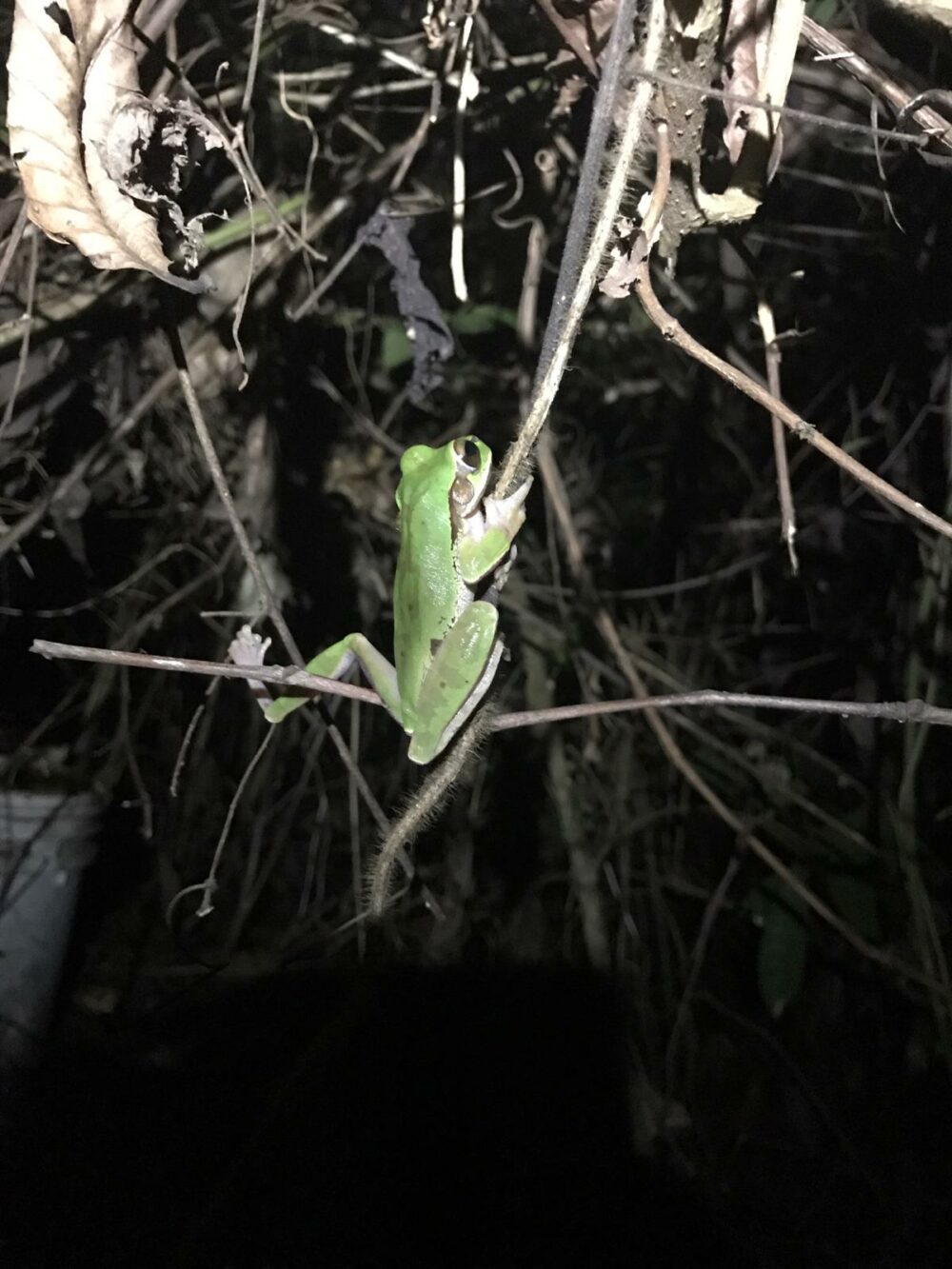Want to learn more about Neotropical amphibian and reptiles (collectively called herpetofauna, or herps), herp census techniques, and herp field work? Want to spend time living and learning about the jungle in the beautiful country of Belize? Want to learn from professional herpetologists? Then this is the internship for you!
The goal of this internship is to give the student various experiences in tropical herpetofauna studies that will aid the student in developing their skills for a variety of future education and employment opportunities. The main component of the project will be to work with Ecoranatutors and T.R.E.E.S staff in establishing long-term herpetofauna monitoring projects (habitat characterization, observational surveys, and mark-recapture specifically for frogs and turtles). These baseline data will contribute to future ecological studies on frog and turtle populations present on the T.R.E.E.S property and elsewhere in the adjacent protected areas in the Maya Mountains.
In addition to the projects ongoing at the T.R.E.E.S Research Center, the intern(s) may also have the opportunity to visit other herpetofauna conservation projects in Belize and volunteer for a few days on them, including with BFREE in Toledo at the Hicatee Conservation and ReseachCenter, at the Belizean herpetarium and Belize zoo, and on the Green Iguana Breeding Project in San Ignacio.
We are looking for interns who are independent yet willing to work in a team environment. Applicants should have a certain level of herpetofauna identification skills and should be interested in improving their techniques for proper identification and survey methods applicable in the tropics. Applicants should have a desire for learning about the incredible biodiversity of Belize through systematic field surveys and data collection.
Tasks
Desired qualifications, physical requirements and work conditions, benefits, terms, fees, and application instructions can all be found here.
To Apply:

